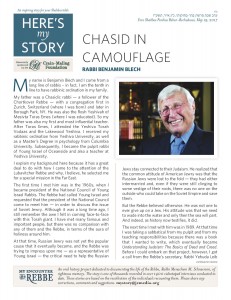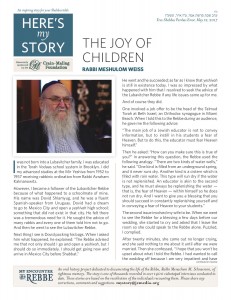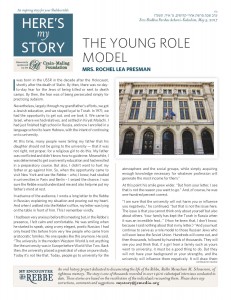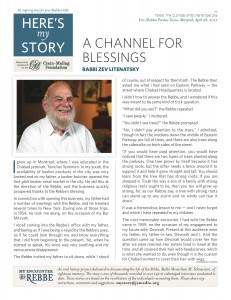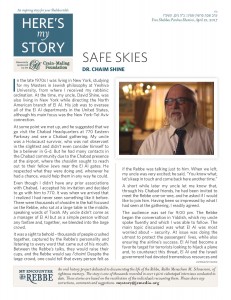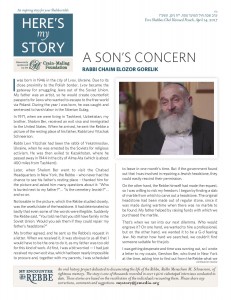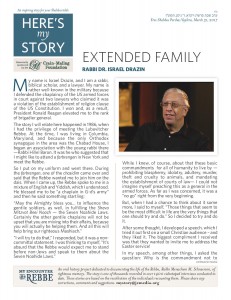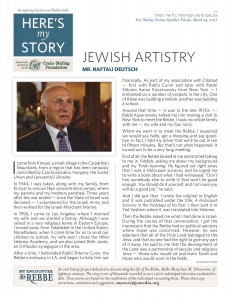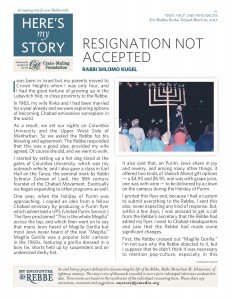Chasid in Camouflage
My name is Benjamin Blech and I come from a long line of rabbis – in fact, I am the tenth in line to have rabbinic ordination in my family.
My father was a chasidic rabbi – a follower of the Chortkover Rebbe – with a congregation first in Zurich, Switzerland (where I was born) and later in Boro Park. He was also the Rosh Yeshiva of Mesivta Toras Emes (where I was educated). So my father was also my first and most influential teacher. After Torah Emes, I attended the Yeshiva Torah Vodaas and the Lakewood Yeshiva. I received my rabbinic ordination from Yeshiva University, as well as a Master’s Degree in psychology from Columbia University. Subsequently, I became a pulpit rabbi – of Young Israel of Oceanside – and also a teacher at Yeshiva University.
I explain my background here because it has a great deal to do with how I came to the attention of the Lubavitcher Rebbe and why, I believe, he selected me for a special mission in the Far East.
The first time I met him was in the 1960s, when I became president of the National Council of Young Israel Rabbis. The Rebbe had called Young Israel and requested that the president of the National Council come to meet him – in order to discuss the issue of Soviet Jewry. Although it was a long time ago, I still remember the awe I felt in coming face-to-face with this Torah giant. I have met many famous and important people, but there was no comparison with any of them and the Rebbe, in terms of the aura of holiness around him. (more…)


